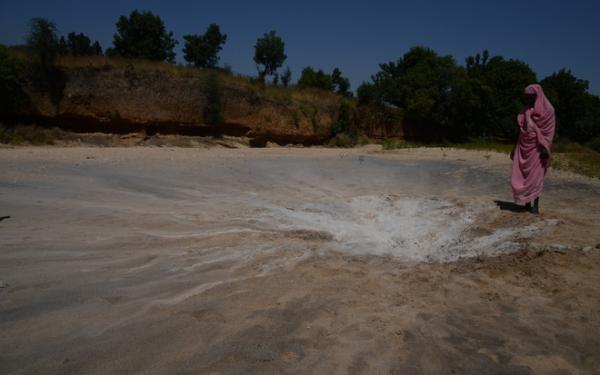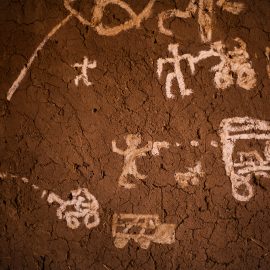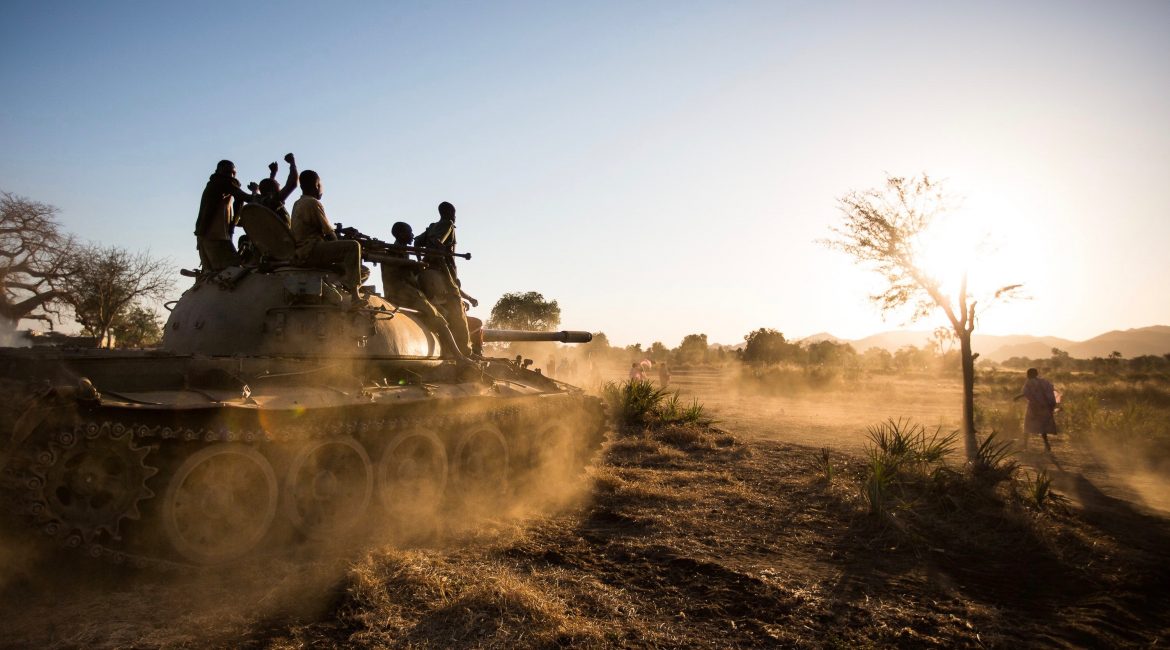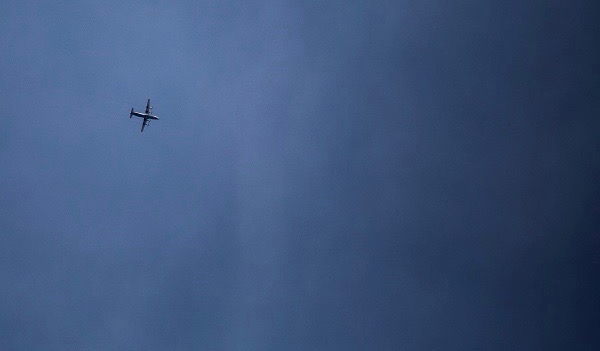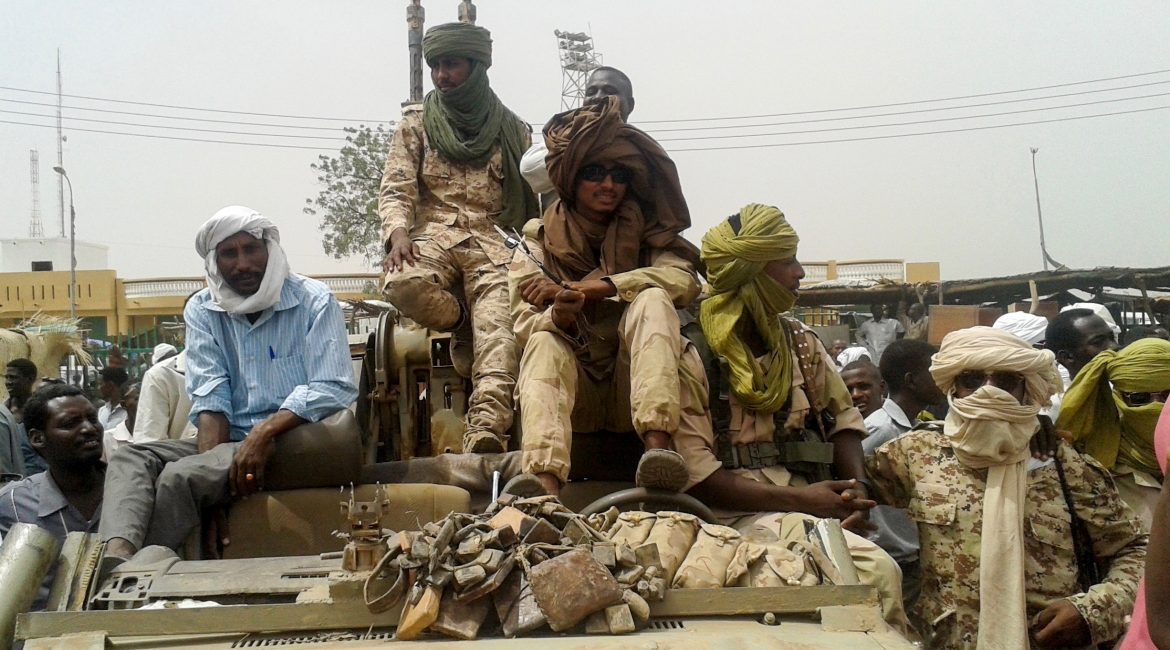The month of October has seen a significant escalation of aerial bombardment by the Sudanese government in Sudan People’s Liberation Movement-North (SPLM-N) controlled areas of South Kordofan.
Nuba Reports journalists confirmed 102 bombs, double the 51 bombs dropped in September. Of these 102 bombs, 81 targeted civilians areas not under ground attack by either the Sudan People’s Liberation Army-North (SPLA-N) or Sudan government forces. Not a single bomb dropped into these civilian sites killed or wounded an SPLA-N solider, the intended target.
Since June 2011, the Sudan government has used aerial bombing tactics, employing Russian-made Antonov airplanes and Sukhoi fighter jets. As a result of the fighting, nearly 350,000 civilians in South Kordofan have become internally displaced or joined the growing number of refugees moving into neighboring South Sudan, according to a United Nations assessment in mid-October. The civilians that remain in their homes have not been able to plant the necessary number of crops for fear of traveling to their farms in the valleys and food stocks are dangerously low.
The people of Nuba in South Kordofan have sought shelter in the mountains from falling bombs. For more than one year now, the caves have protected the displaced population. However, without access to resources or soil to plant, food shortages are an imminent threat for the people hiding there.
While the Sudan government has increased airstrikes, the SPLA-N has increased their ground confrontations with the government troops. The SPLA-N conducted five major offensives in October. Insurgents attacked the Sudan Armed Forces’ (SAF) garrisons in Um Dahalib, Um Heitan, El Hadra, Lahamar, and Um Shoran. SPLA-N claimed control of these towns except Kadugli, a continued stronghold for the SAF.
As the dry season begins in South Kordofan and mud on the dirt roads hardens, both sides are expected to make strategic offensives. At a meeting of SPLA-N leadership in August, they laid plans to push the fighting out of the mountains and move northward to Khartoum. The SAF will likely attempt to isolate the SPLA-N by cutting off any supply lines as well as limiting their movements inside South Kordofan.
More offensives will mean more displaced people and the populations at refugee camps will continue to swell beyond capacity. Civilians will try to harvest the few crops planted in the remaining two months of the year, but if aerial bombardment continues, hundred of acres of farmland will be burned and destroyed by the bombs, adding to an already urgent hunger crisis.

